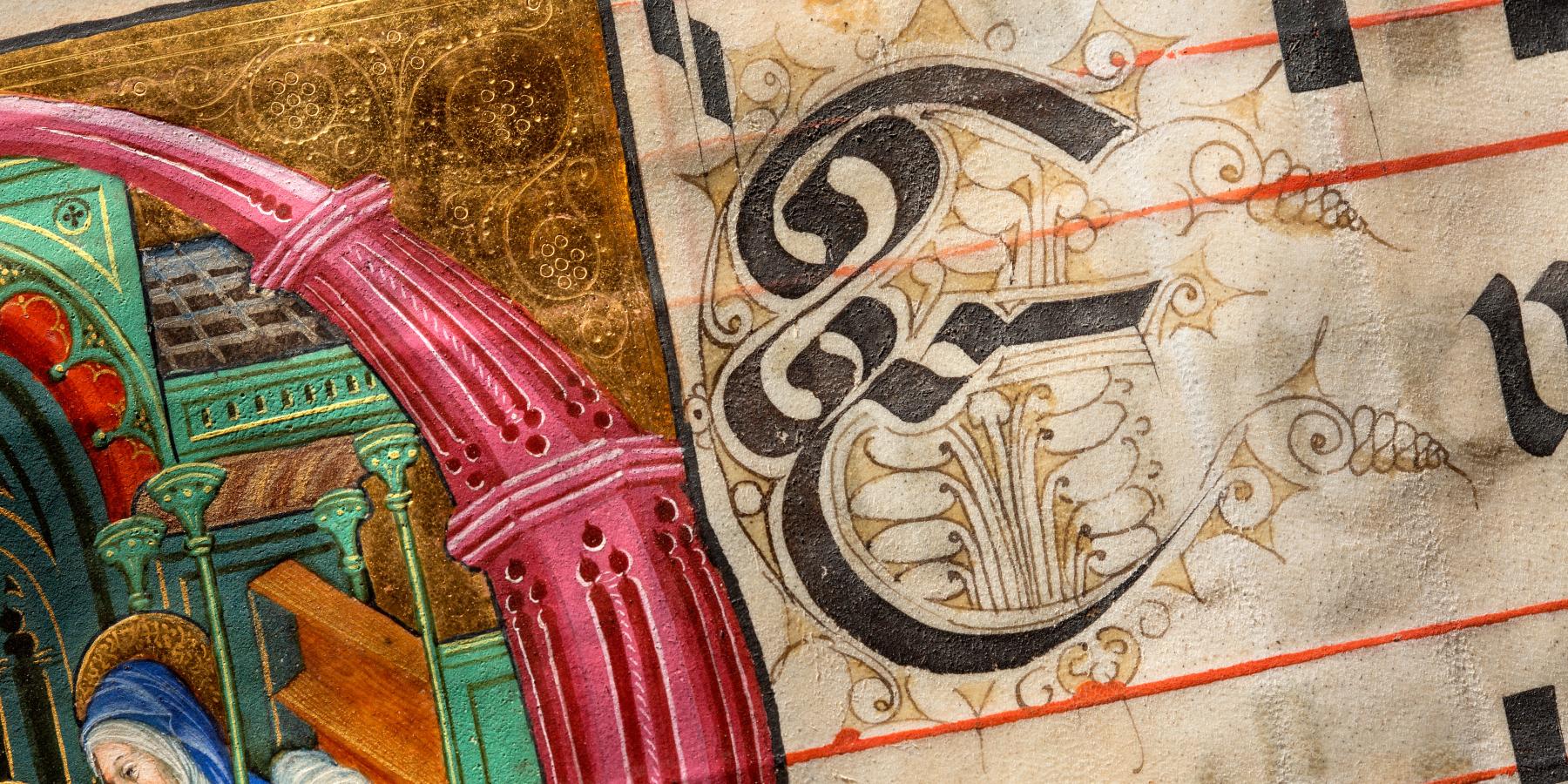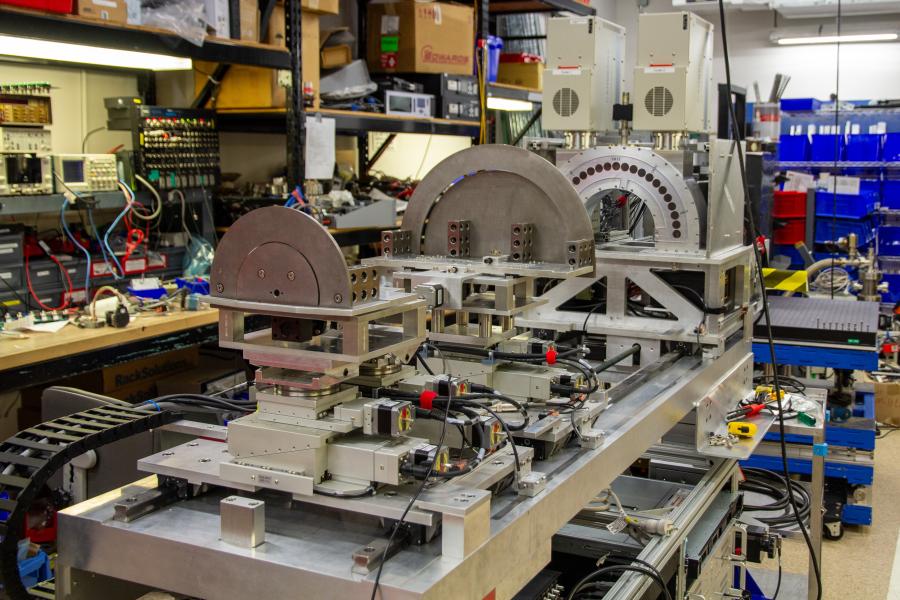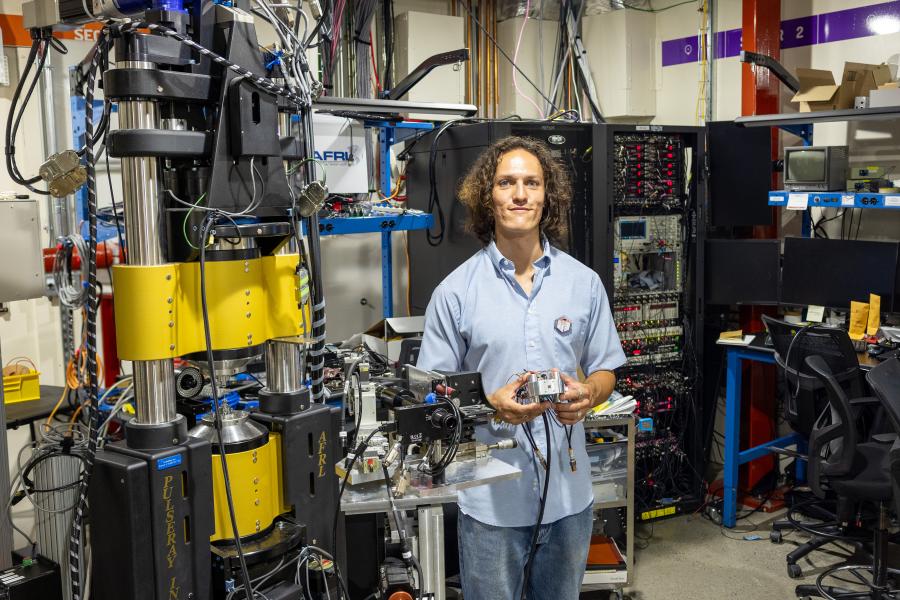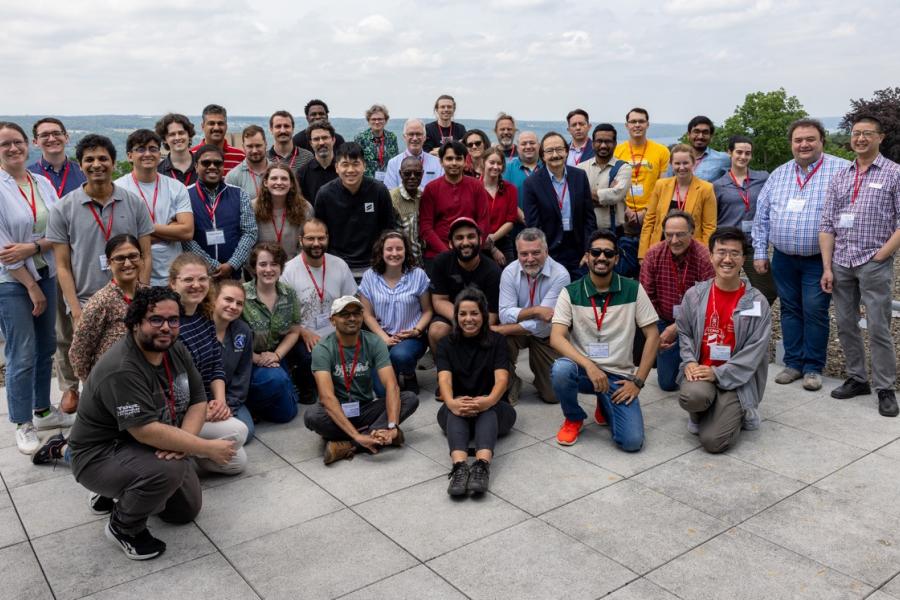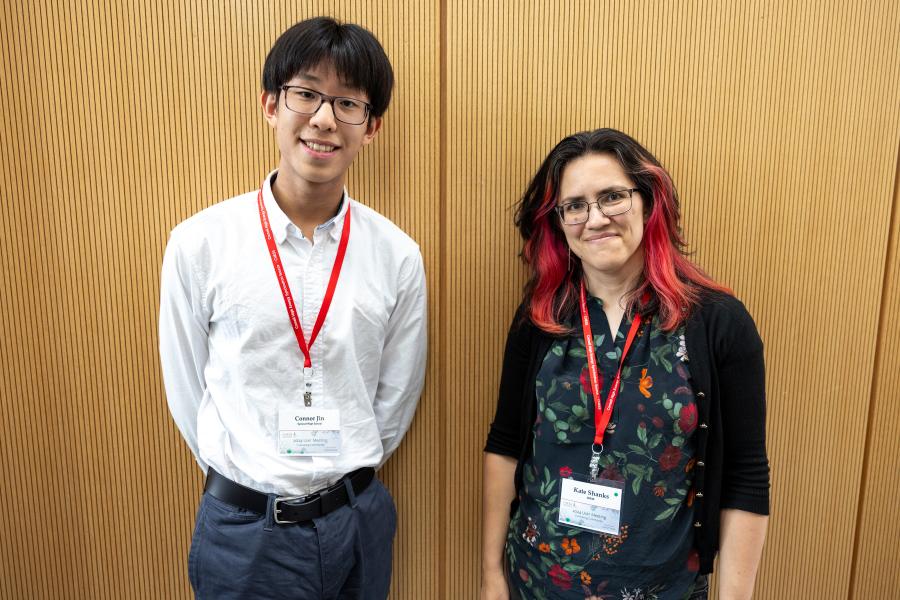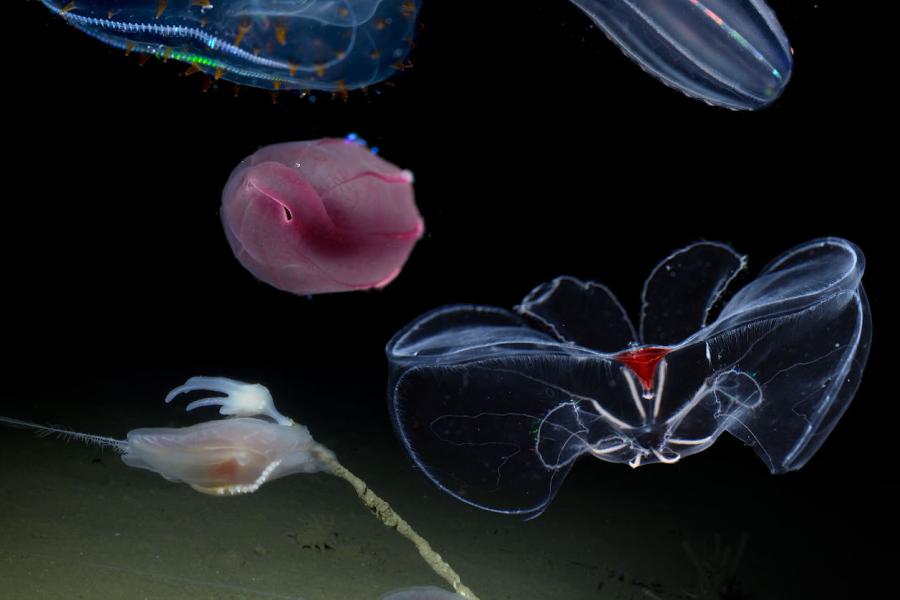Sidebar Menu (View Pages)
- Status
- ⌃ Science
- ⌃ Users
- ⌃ Facilities
- ⌃ Public
- Industry
- ⌃ About
Tags
Featured
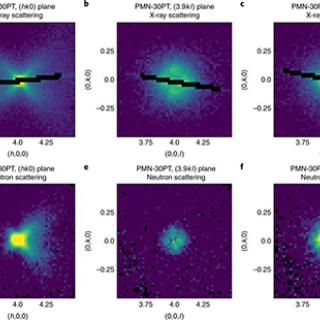
Do butterflies make you relax?
Recent advances by scientists representing 4 national labs, 3 countries and 4 universities are helping to answer long-held questions about a technologically important class of materials called relaxor ferroelectrics, which are often lead-based.
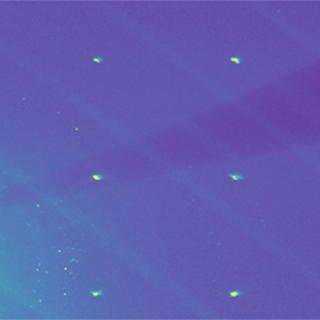
Ruling out Weyl points in MoTe2
Sometimes the hunt for new kinds of fundamental particles doesn't take place inside high-energy particle colliders, but rather in the low-energy degrees of freedom of exotic quantum materials.
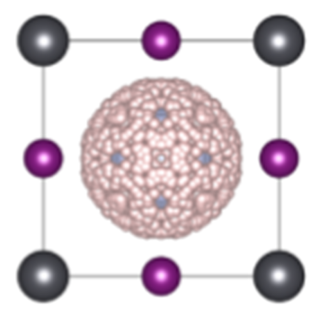
Improving HOIP solar cells by controlling structural instabilities
Hybrid organic-inorganic perovskites (HOIPs) have become the most promising next generation solar cell material due to inexpensive processing and high efficiency.
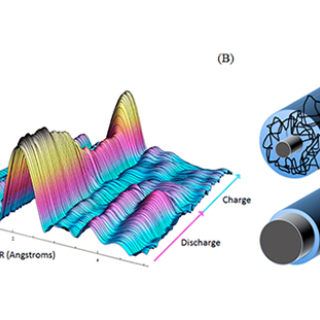
Real-time observation of nanowire lithiation for energy storage
Lithium-ion batteries (LIBs) can store energy from alternative intermittent sources via chemical reactions, for later use in electronics, transportation, and grid load leveling.
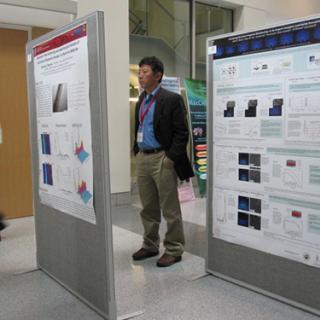
CHESS Users' Meeting 2014 recap
The 2014 CHESS Users' Meeting was held on campus at Cornell University on June 10-11.
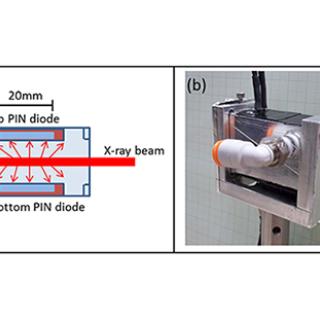
Compact Integrated X-ray Beam Position and Flux Monitor
We have developed a device that combines two functionalities in a compact assembly to measure simultaneously the X-ray beam position and intensity.
